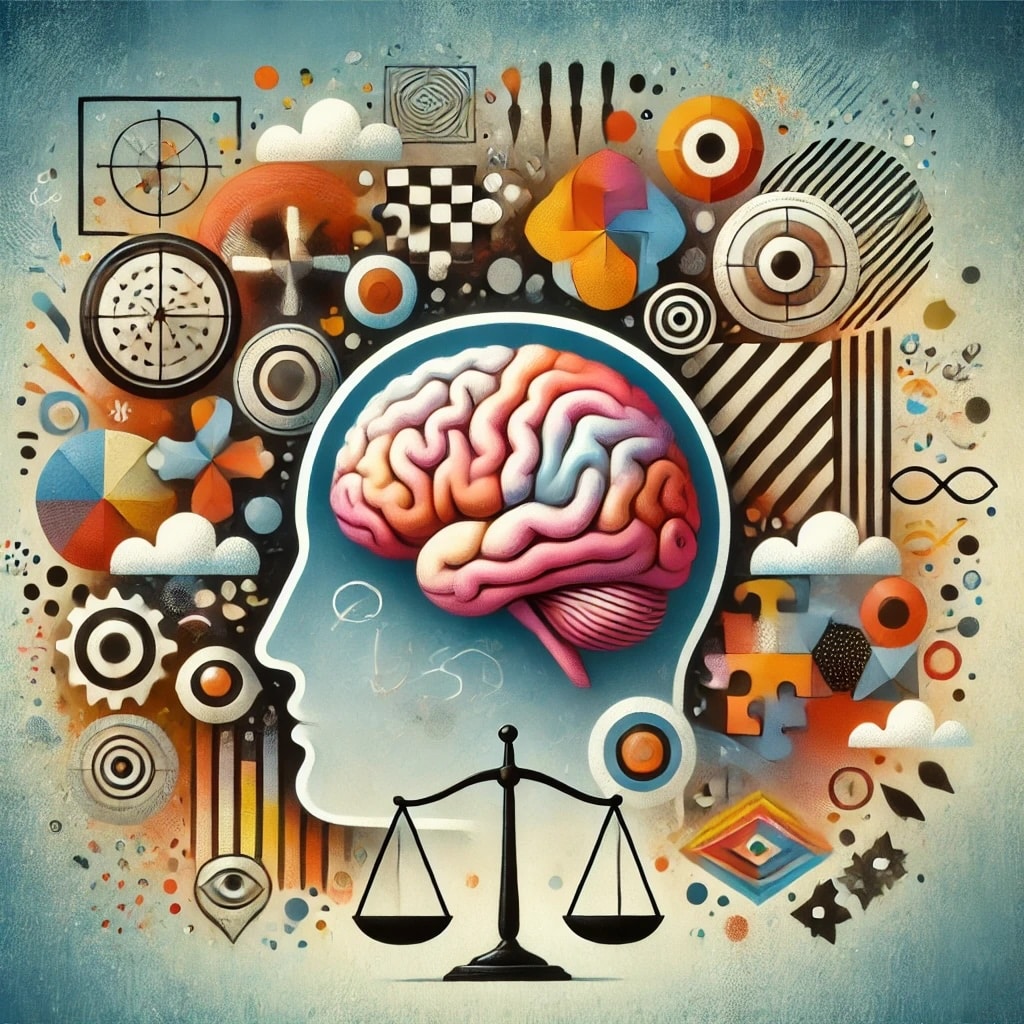To remember:
- Cognitive biases are human and affect all of us without exception.
- They allow the brain to conserve energy, as it is unable to process all the information it needs at any one time.
- Halo effect: when our first impression colors our overall perception, we run the risk of missing out on certain dimensions of the person, by interpreting their behaviors through this initial filter.
- Pygmalion effect: by cultivating positive expectations of a person, we can unconsciously influence their career path and progress, boosting their self-confidence and results over time.
As a therapist, deeply understanding your client or patient goes far beyond simply listening to their words. It’s about entering into their lives, perceiving the nuances of their behavior and emotions, often influenced by unconscious processes that even they are unaware of. This is where cognitive biases come into play: unconscious filters through which each individual interprets reality. These biases can affect the judgment of patient-clients and therapists alike.
Have you ever heard of cognitive bias? These natural phenomena result from a brain mechanism designed to optimize our energy: by making approximations, our brains help us to navigate a complex, information-laden world. But when these mental shortcuts take over, we risk deviating from rational thinking, influencing our judgments and behaviors. To better illustrate this phenomenon, let’s explore two well-known biases, the Halo effect and the Pygmalion effect, with concrete examples to help us understand their impact.
The halo effect: beyond first impressions
The halo effect, also known as the contamination effect, occurs when a first impression – positive or negative – influences our perceptions of a person. In therapy, this bias can manifest itself unnoticed. Imagine, for example, a therapist meeting a new patient for the first time: elegant, calm and self-assured. Without realizing it, the therapist may associate other qualities, such as intelligence or emotional stability, with this first impression, even though there’s no proof of this.
Yet, a few sessions later, this patient reveals that she struggles with deep-seated insecurities and anxiety. The therapist realized that his initial judgment had limited his ability to listen authentically. The Halo effect had encouraged him to interpret his patient-client’s words according to this first impression, thus blocking a more nuanced understanding of reality.
This effect was highlighted by psychologist Edward Thorndike in the 20th century, who showed that we tend to unconsciously associate positive qualities with a person we perceive favorably at first sight. Whether in therapy or in everyday life, being aware of this bias can help us to welcome others with a more open mind, without anticipating what we’d like them to be like.
The Pygmalion effect: believe it to see it
The Pygmalion effect takes its name from Greek mythology, in which the sculptor Pygmalion falls in love with the perfect statue he himself has created, bringing it to life through the power of his love and expectations. This bias shows how one person’s expectations can unconsciously influence the results and reality of others.
In therapy, this effect can be subtle. Let’s take the example of Marc, an experienced therapist, who welcomes Yves, a young trainee practitioner full of potential but intimidated by the scale of the task. If Marc the therapist, without even realizing it, nurtures high expectations and expresses sincere encouragement, young Yves may feel a confidence boost that helps him overcome his doubts. This benevolent attitude creates a favorable environment, and young Yves succeeds beyond his expectations.
The Pygmalion effect was confirmed by a study by Rosenthal and Fode, in which students were persuaded that some rats were fast runners and others slow. These expectations, although based on fictitious information, altered the way the students treated the animals, and the results that followed. In the classroom, Rosenthal and Jacobson then showed that when teachers believe that some students are smarter than others (without them being so), these students end up getting better grades, buoyed by an environment where their teachers project positive expectations onto them.
Our advice from practitioner to practitioner
Faced with the cognitive biases of Pygmalion and Halo, it’s important to take steps to mitigate their impact and ensure fairer, more balanced interactions. Here are a few tips:
- Practice self-reflection: Take time to think about your expectations and how they may influence your perceptions and behaviors. Be aware that high expectations (Pygmalion bias) can lead client-patients to act in ways that confirm those expectations, while Halo bias can lead you to judge someone overall positively or negatively on the basis of a single characteristic.
- Active listening: Active listening reduces the effects of these biases by encouraging objective observation and appropriate responses. By listening without judgment and rephrasing what the customer says, you avoid projecting expectations or initial impressions.
- Use objective criteria: When evaluating or making decisions, rely on concrete criteria and observations rather than subjective impressions or judgments influenced by Halo bias.
- Diversify your sources of feedback: Solicit the opinions and perspectives of your colleagues or team to counterbalance your own perceptions. Teamwork helps to identify and minimize the effect of cognitive biases.
- Bias detection training: Familiarize yourself with cognitive biases to better spot and limit them. Ongoing training can help you remain vigilant and adjust your practices accordingly.
- Step back before acting: Before making a judgment or decision, take a moment to reflect on what’s really driving your perception. This can help undo automatic reactions influenced by bias.
By applying these strategies, you can minimize the impact of Pygmalion’s and Halo’s biases, and foster fairer, more objective interactions with your customer-patients.
Sources :
Rosenthal, R., & Fode, K. L. (1963). The effect of experimenter bias on the performance of the albino rat. Behavioral Science, 8(3), 183-189. https://doi.org/10.1002/bs.3830080302
Rosenthal, R., & Jacobson, L. F. (1968). Teacher expectations for the disadvantaged. Scientific American, 218(4), 3-9.
Thorndike, E. L. (1920). A constant error on psychological ratings. Journal of Applied Psychology, 4, 25-29.

